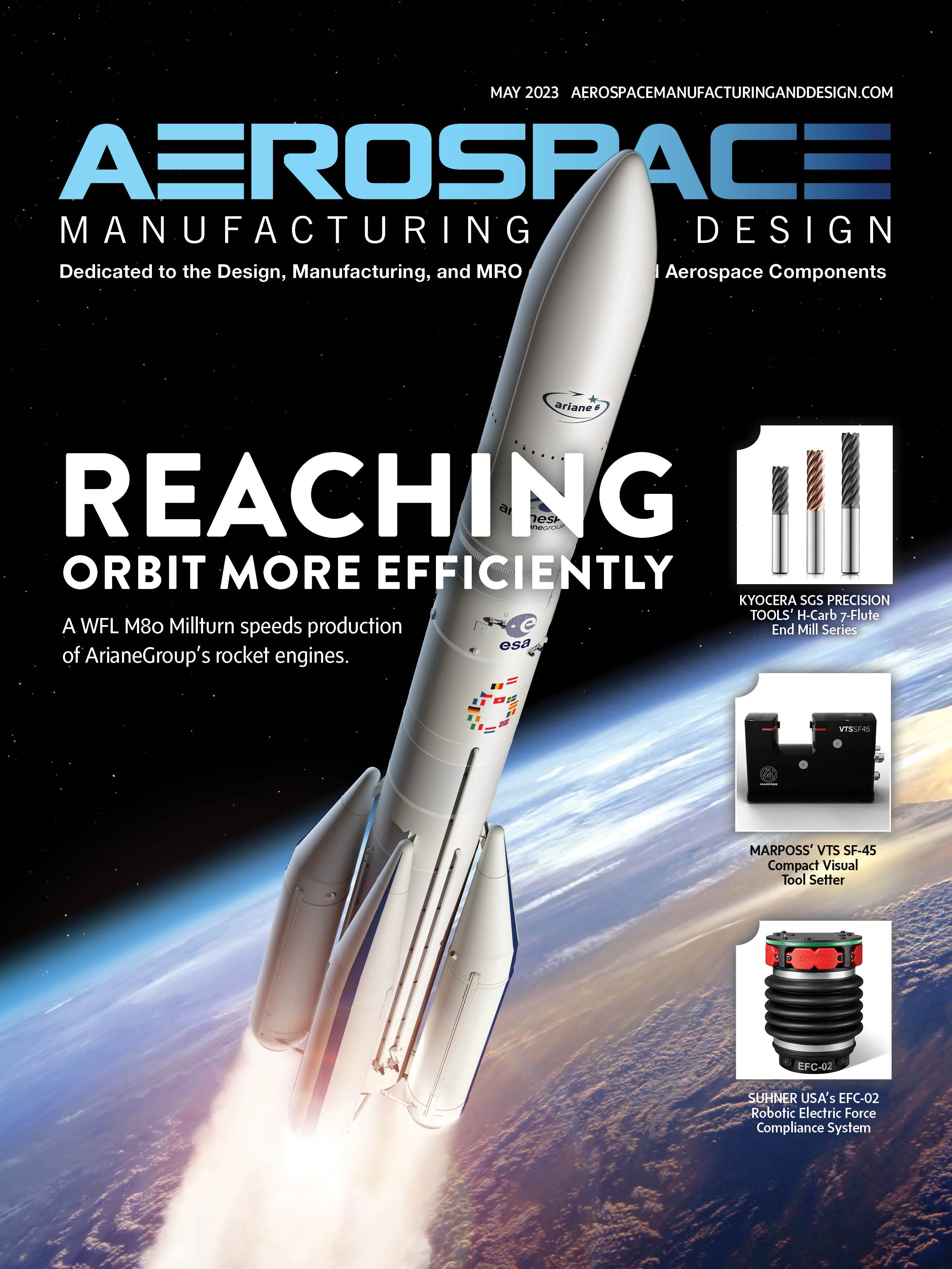
The aerospace and defense (A&D) industry is transitioning from an older (gray) to younger (green) workforce but faces intense competition for talent that needs a radical response. That’s the conclusion of McKinsey & Co. consultants in their report “Navigating the gray-to-green transition in aerospace and defense.”
“From skilled trades to traditional engineers and software engineers, labor challenges have proved to be a persistent rate limiter to growth and performance. The A&D industry must more effectively showcase the industry’s advantages, developing and continuously reskilling talent at scale, and establishing mechanisms that foster long-term employee retention.”
The advantages are multiple: “Research shows that A&D companies with strong talent and people analytics capabilities are 2x to 3x more likely to report better financial performance, speed, motivation, and culture than their peers.”
One of the report’s authors, McKinsey & Co. Associate Partner Andy Voelker, recommends where A&D companies should focus talent recruitment efforts:
Sourcing talent from the estimated 70 million U.S. workers classified as skilled through alternative routes (STARS). This includes community colleges, boot camps/certificate programs, and military service.
“It’ll be critical that A&D players widen the scope of candidates they’d consider and ensure they aren’t prematurely filtering out STARS.”
Reimagining managerial roles to drive purpose and lead increasingly younger workers frequently looking to move on. Due to the pandemic, the green generation’s introduction to the workforce was often online only – which isn’t often a reality for A&D companies requiring in-person work. “Managers of the green workforce will need to learn to lead and navigate these nuances in very different ways.”
Experimenting with nonlinear career paths and other tactics to address green employees’ desire for more visible, rapid career progression. The green generation’s career expectations are influenced by instantaneous information, on-demand services, same-day delivery, real-time status tracking, and socializing online. “These employees want to know where they stand compared to their peers and want to advance their skills more frequently.” For many A&D employers, job progression is fixed and less flexible than other sectors, so they must provide exciting, meaningful career opportunities, such as rotating across programs or participation in projects other sectors can’t match.
Instituting measurement and dialogue around diversity, equity, and inclusion (DE&I) initiatives. The green generation has a much higher bar for inclusivity, including the workplace. “Younger employees are more likely to expect a more inclusive workplace that allows for self-expression and sanctions non-inclusive behavior. A&D players not tracking DE&I-related metrics will find themselves with a less compelling value proposition.”
Leading A&D companies understand a reliable talent flow is essential for value creation. A model that’s worked for many brings together resources from across the organization – including programs, human resources, data science, analytics, and information technology (IT) – to create a faster, more agile, and more streamlined employee value proposition and hiring process. – Eric

Explore the May 2023 Issue
Check out more from this issue and find your next story to read.
Latest from Aerospace Manufacturing and Design
- Address the challenges of machining high-temperature aerospace components
- Elevate your manufacturing operations with April’s Manufacturing Lunch + Learn
- America Makes announces IMPACT 3.0 Project Call worth $4.5M
- Updated parting and grooving geometries from Sandvik Coromant
- AIX showcases the future of air travel
- Sunnen Products' PGE-6000 gage
- #41 Lunch + Learn Podcast - SMW Autoblok
- Revolutionizing aircraft design without sacrificing sustainability








